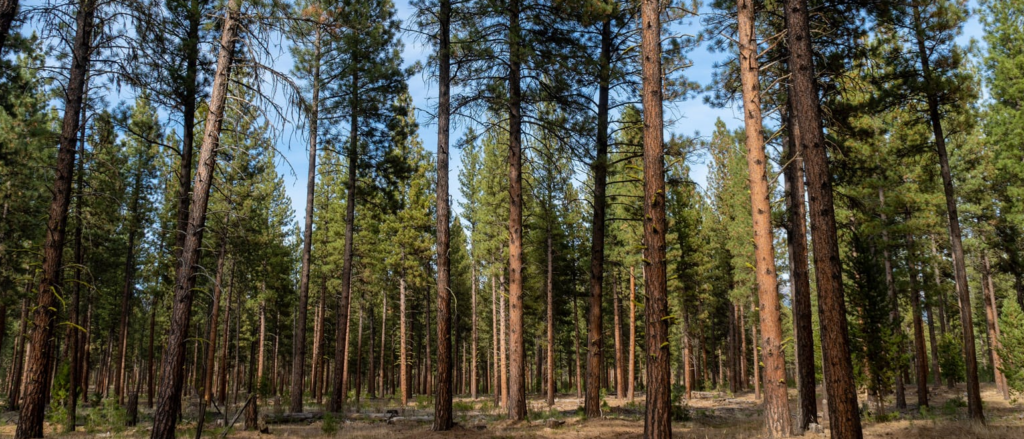
Investing in timberland has become a strategic choice for many, offering financial stability and long-term growth potential. But what are timberland values, and why are they essential for smart investments? This guide delves into the intricacies of timberland valuation, factors influencing its worth, and actionable tips for maximizing returns.
Timberland Values as an Investment
Timberland isn’t just about trees; it’s a valuable asset with multiple income streams and appreciation potential. Whether you’re looking for steady income through timber harvesting or aiming for long-term capital gains, understanding the nuances of timberland values can unlock significant opportunities.
Factors Influencing Timberland Values

Several factors determine the value of timberland:
- Location: Proximity to markets, mills, and infrastructure significantly affects land value.
- Timber Quality and Age: Older, mature trees are more valuable than younger ones.
- Soil and Site Productivity: Fertile soils and favorable climates lead to higher timber yields.
- Market Conditions: Timber prices fluctuate based on supply and demand dynamics.
- Zoning and Land Use: Restrictions or incentives can impact timberland’s potential.
- Access: Good road networks and accessibility improve operational efficiency and value.
How is Timberland Valuation Done?
Timberland valuation involves assessing both the land and the timber it supports. Here’s how experts calculate its worth:
- Land Value: Based on market comparables, soil productivity, and location.
- Timber Inventory: Evaluating the type, size, and age of trees.
- Income Approach: Estimating future revenue from timber sales.
- Cost Approach: Accounting for expenses like planting, maintenance, and harvesting.
- Market Approach: Analyzing recent sales of similar properties.
Why Invest in Timberland?

Timberland offers unique advantages as an investment:
- Steady Returns: Revenue from periodic timber harvests.
- Diversification: Low correlation with stock markets reduces portfolio risk.
- Inflation Hedge: Timber prices often rise with inflation.
- Tangible Asset: Timberland’s intrinsic value makes it a stable investment.
- Environmental Benefits: Qualifying for tax breaks through conservation programs.
Tips for Buying Timberland
Purchasing timberland requires careful planning and due diligence. Here are some essential tips:
- Research the Market: Understand regional timber prices and market trends.
- Conduct a Timber Cruise: Hire professionals to assess the quantity and quality of timber.
- Evaluate Accessibility: Ensure roads and infrastructure support logging activities.
- Check Zoning Regulations: Verify permissible land uses.
- Understand Tax Implications: Explore property tax exemptions for timberland.
- Consult Experts: Work with appraisers and forestry consultants to determine fair value.
The Role of Management in Maximizing Value
Effective management is key to enhancing timberland value. Here’s how:
- Sustainable Harvesting: Practice responsible logging to ensure long-term productivity.
- Reforestation: Replant after harvesting to maintain timber supply.
- Wildlife and Conservation: Enhance biodiversity and qualify for tax incentives.
- Infrastructure Maintenance: Keep roads and access points in good condition.
- Market Timing: Harvest when timber prices are high to maximize returns.
Partner with LandLeader for Expert Guidance

Navigating the timberland market can be complex, but partnering with experts like LandLeader ensures informed decisions. From property selection to valuation and management, LandLeader provides comprehensive guidance to help you achieve your investment goals.